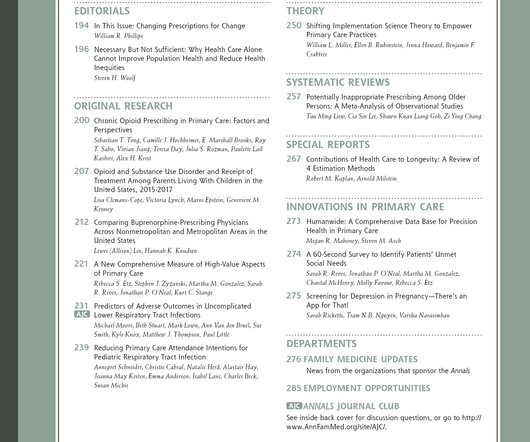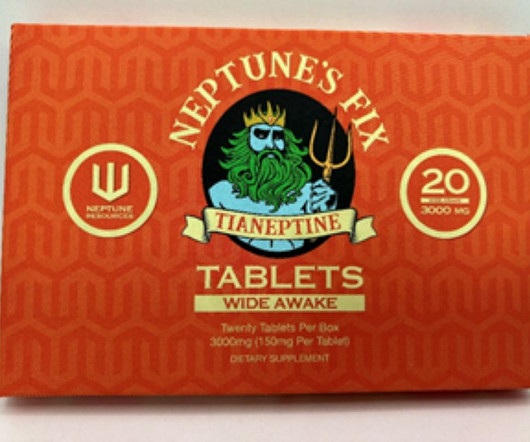Staff perspectives of a novel integrated community care hub in an urban underserved population (UK) [Child and adolescent health]
Annals of Family Medicine
NOVEMBER 20, 2024
o Context or Objective: The UK is witnessing an increase in emergency department use and hospital admissions for children and young people from underserved populations, exacerbated in the UK by continued issues around access to primary care.












Let's personalize your content